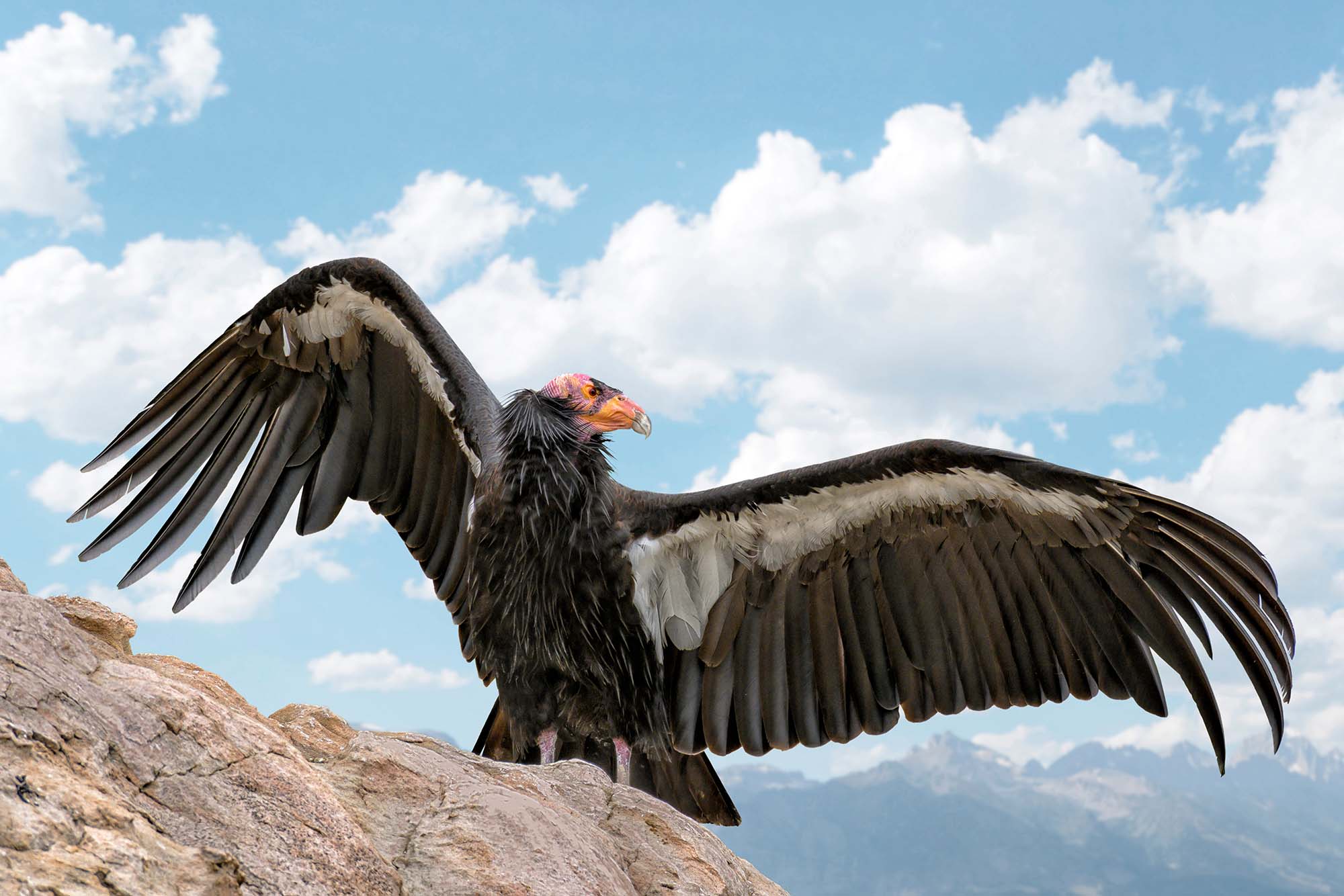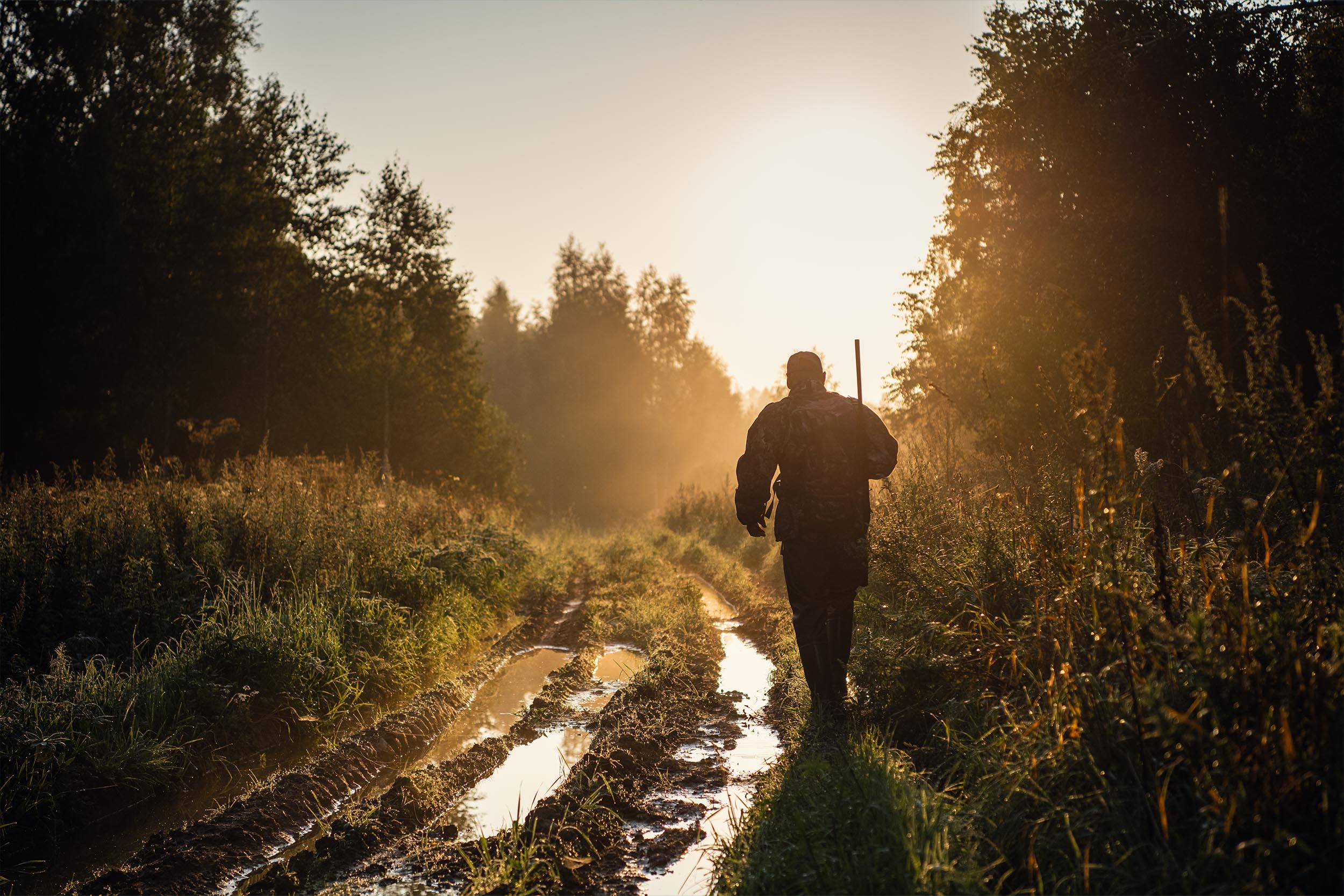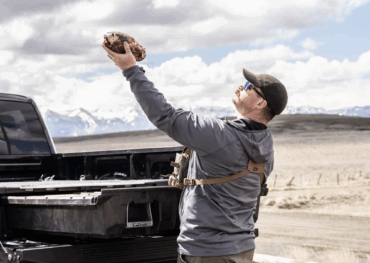Utah’s state wildlife officials are asking the public for help after two condors were killed by poachers over the last 2 years. The first dead condor was discovered in fall 2022 in a remote area north of Zion National Park and southeast of Cedar City. Last month, a second condor was found dead in the same area. Both were shot and killed by firearms, officials said.
As of June 2024, just 85 condors remain in the canyon-filled landscapes of northern Arizona and southern Utah.
“The illegal killing of these two condors is a devastating and unnecessary loss on top of all the recent deaths from the highly pathogenic avian influenza,” DWR Avian Conservation Program Coordinator Russell Norvell said in a statement. “Between the two events, we’ve lost more than a decade’s worth of progress in the recovery of this species.”
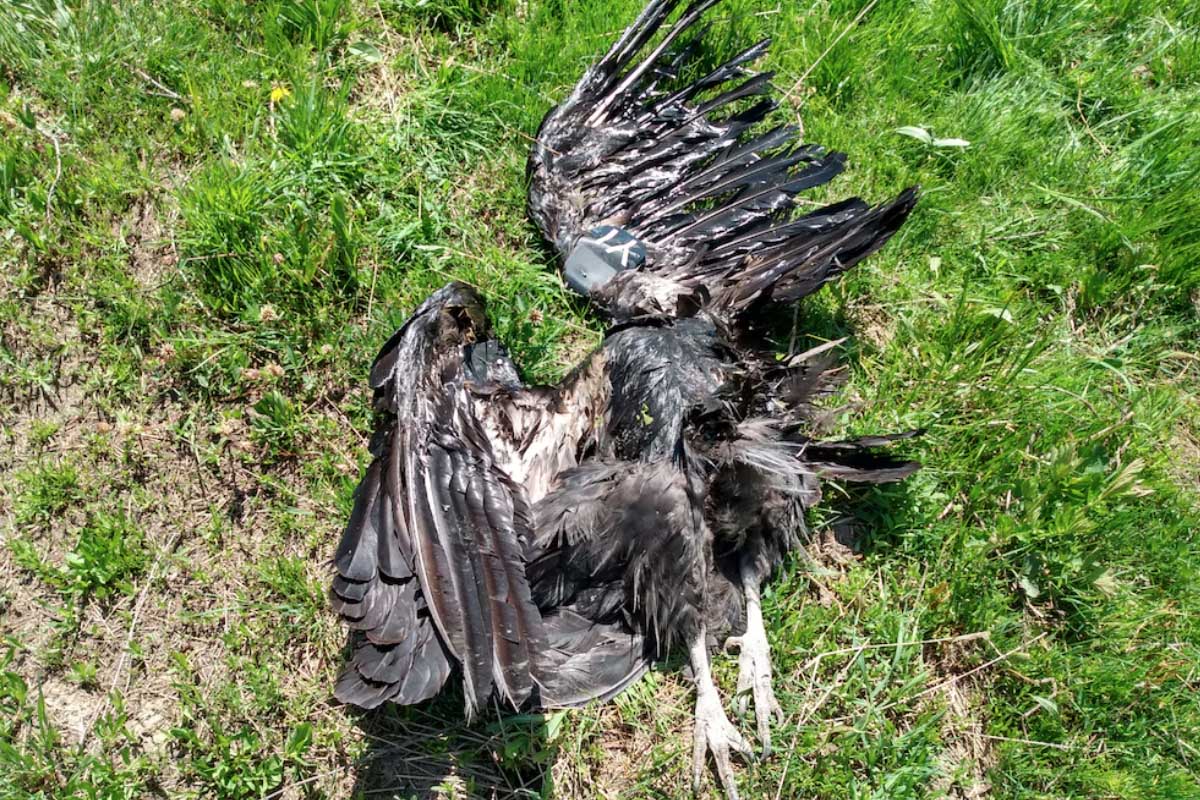
Condor Still Trying to Recover
In the 20th century, California condors nearly went extinct — mostly from lead poisoning. The stately scavengers would eat the carcasses of animals killed by hunters, ingesting deadly doses of lead in the process.
It’s unclear if the two poaching incidents are connected or what type of firearm was used to kill the birds, according to Utah officials.
What is clear is that the state’s wildlife managers have put a lot of time and effort into bringing back California condors from the brink of extinction.
In 1987, the population had declined to just 22 individuals in the wild. The California Condor Recovery Program, led by the U.S. Fish & Wildlife Service, worked to increase populations by breeding birds in captivity and then releasing them into the wild.
They’ve had some success. The total world population of endangered California condors now numbers more than 560. More than half of those are found in Arizona, Utah, California, and Mexico.
But the condor’s comeback continues to face obstacles.
Their numbers declined in 2023 during a highly pathogenic avian influenza. About 20 of them died from the disease, The Associated Press reported. Recovery is further hampered by the birds’ slow reproductive rate.
“The condor is slow to mature, taking up to eight years before they can produce young, and with an average of one young every other year, the rate of replacement for a loss in the wild is a big impact,” Chris Parrish, president and CEO of the Peregrine Fund, told The Arizona Republic last year.
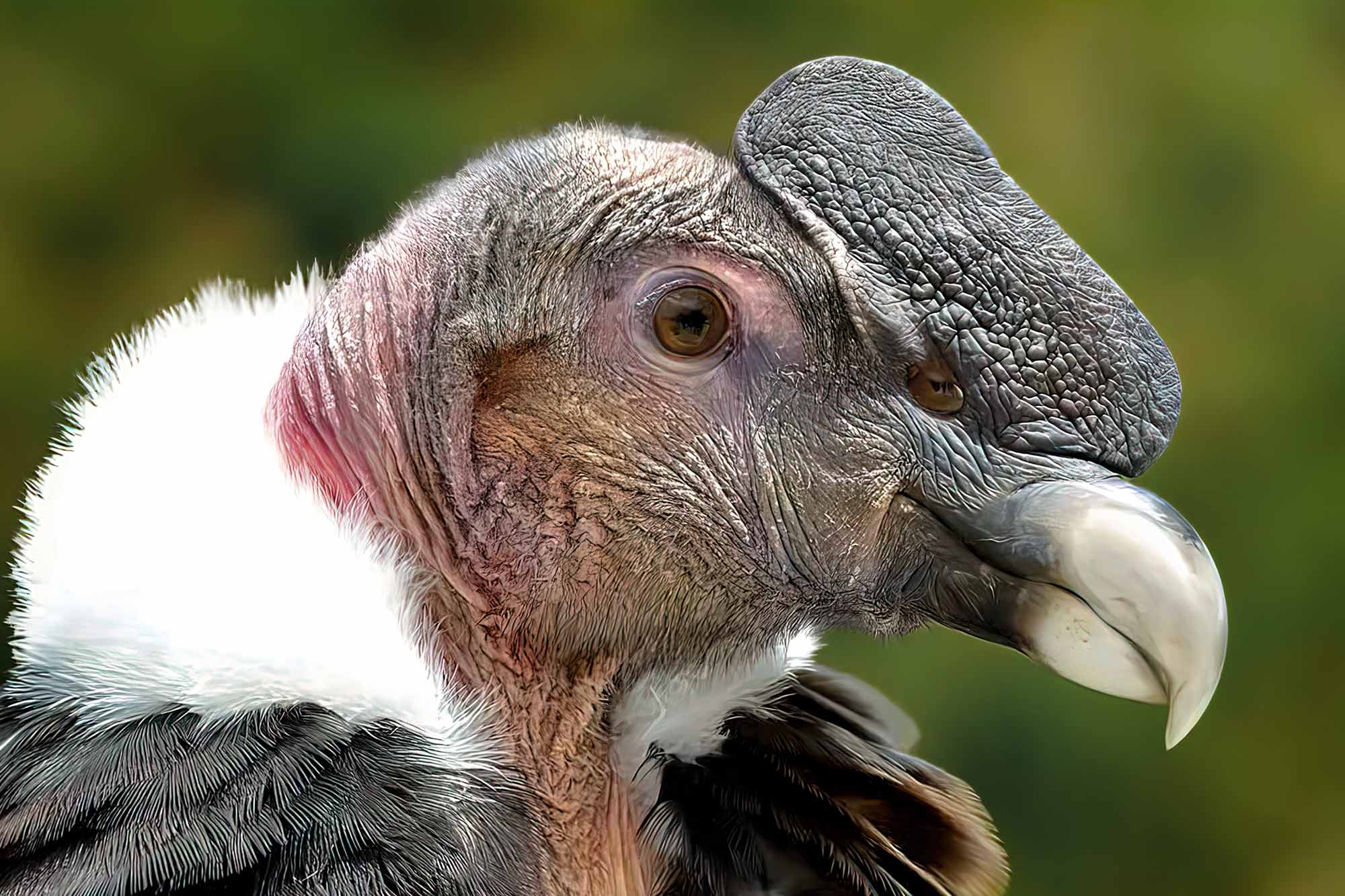
Know Something? Contact Utah
Killing condors is a serious offense — a felony, in fact.
California condors are an endangered species, so it’s illegal for anyone to harass, hunt, or capture them. Those involved in killing the birds could face a third-degree felony charge of wanton destruction of protected wildlife, with a maximum fine of $5,000 and a 5-year prison sentence.
Previous leads have not led to any suspects or arrests, so Utah wildlife officials are now asking the public for information.
If you know anything about the condor poaching or those who are responsible, the state’s investigators ask that you contact them in one of the following ways:
- By calling the UTiP Hotline at 800-662-3337
- The UTDWR Law Enforcement app
- By texting 847411
- By calling the U.S. Fish and Wildlife Service tip line at 844-397-8477
- Submitting a tip on the U.S. Fish and Wildlife Service website
